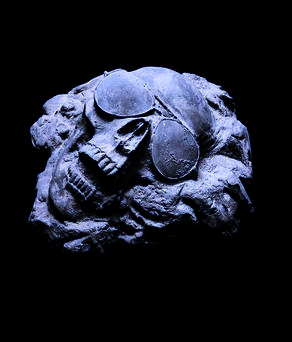[Picture of text that reads:]
Years ago, anthropologist Margaret Mead was asked by a student what she considered to be the first sign of civilization in a culture. The student expected Mead to talk about fishhooks or clay pots or grinding stones.
But no. Mead said that the first sign of civilization in an ancient culture was a femur (thighbone) that had been broken and then healed. Mead explained that in the animal kingdom, if you break your leg, you die. You cannot run from danger, get to the river for a drink or hunt for food. You are meat for prowling beasts. No animal survives a broken leg long enough to heal.
A broken femur that has healed is evidence that someone has taken the time to stay with the one who fell, has bound up the wound, has carried the person to safety and has tended the person through recovery. Helping someone else through difficulty is where civilization starts, Mead said


Damn fake… universities? https://divinity.yale.edu/news/15000-year-old-bone-and-fall-2013-issue-reflections
You should’ve used the second Google result: https://www.sapiens.org/culture/margaret-mead-femur/
Also doesn’t make sense as there are animals that take care of the injured while they heal. Evidence has even been found of Smilodons (Sabre tooth cats) doing this.
Shame that you were blindly downvoted. This place isn’t going to be any different than reddit if people bring these same issues with blind circlejerking over here.
Old habits are hard to give up, and circlejerking is one of the worst it seems.
The author is challenging the attribution to Mead, as well as the definition of civilization that is used. They concede only a few paragraphs down that there are many cases of healed fractures found by anthropologists which imply that people took care of one another, as well as there having been interpersonal violence.
I wouldn’t say that the entire thing is false just because it’s been turned into a falsely attributed quote.